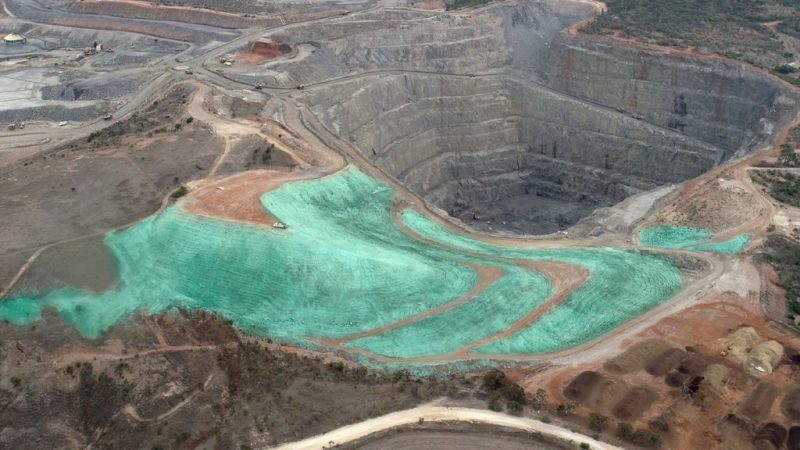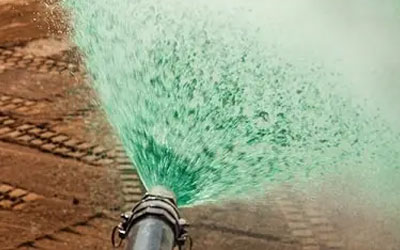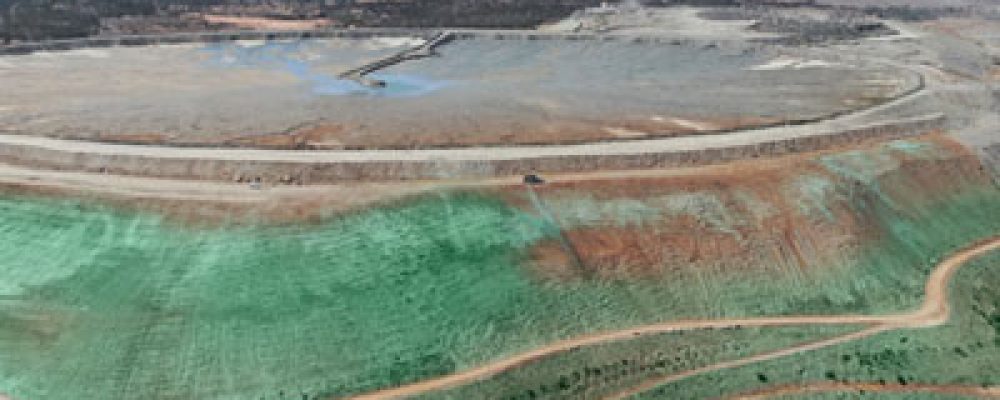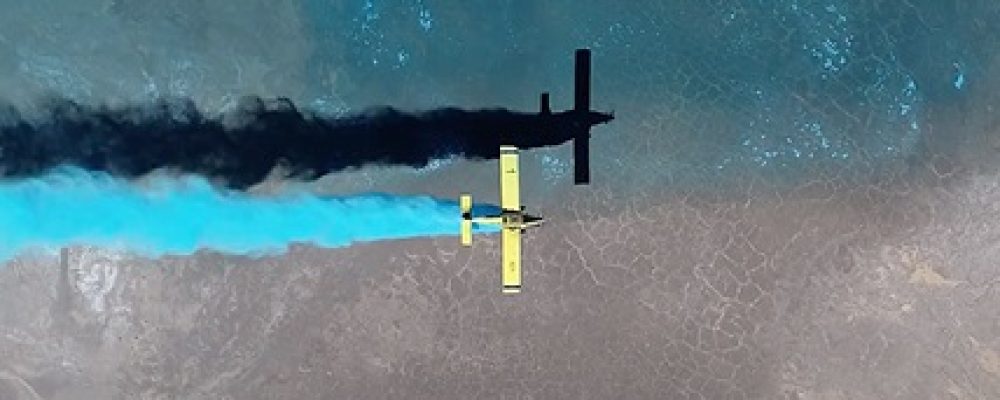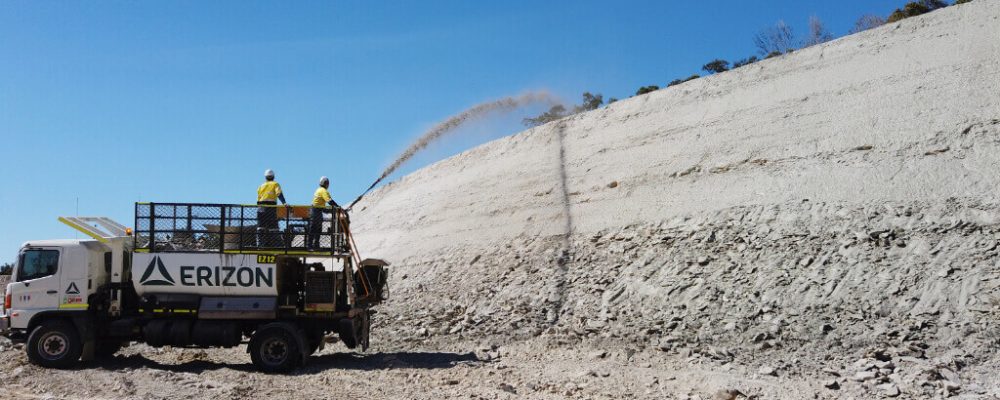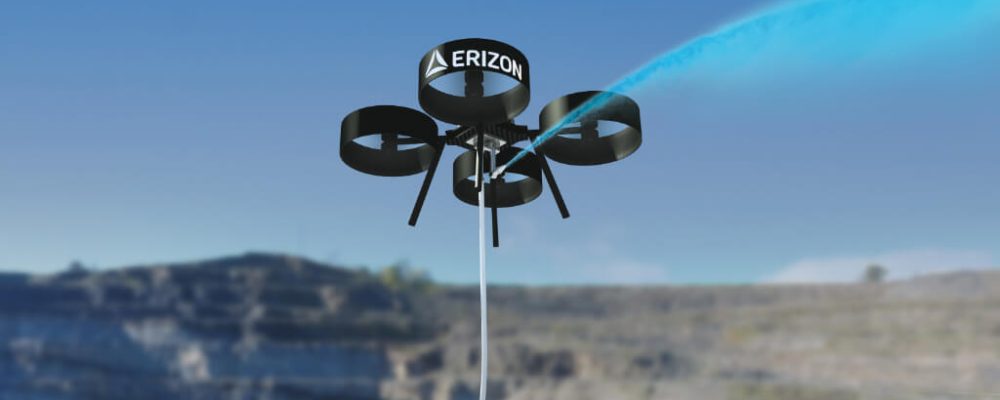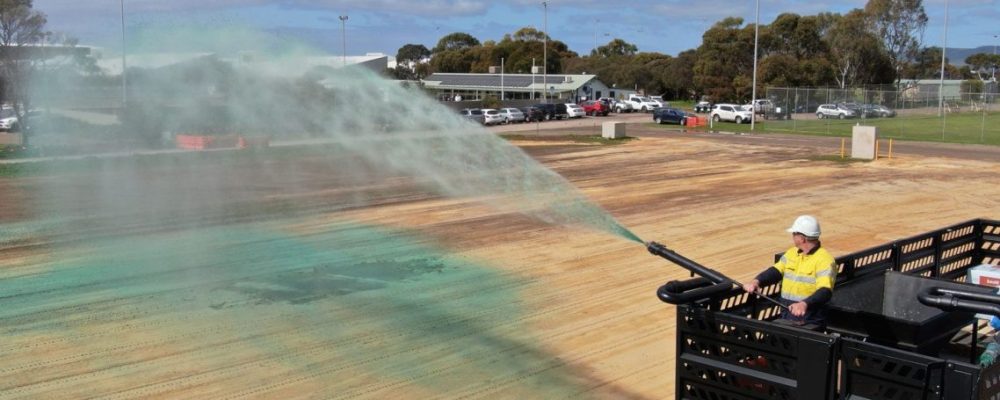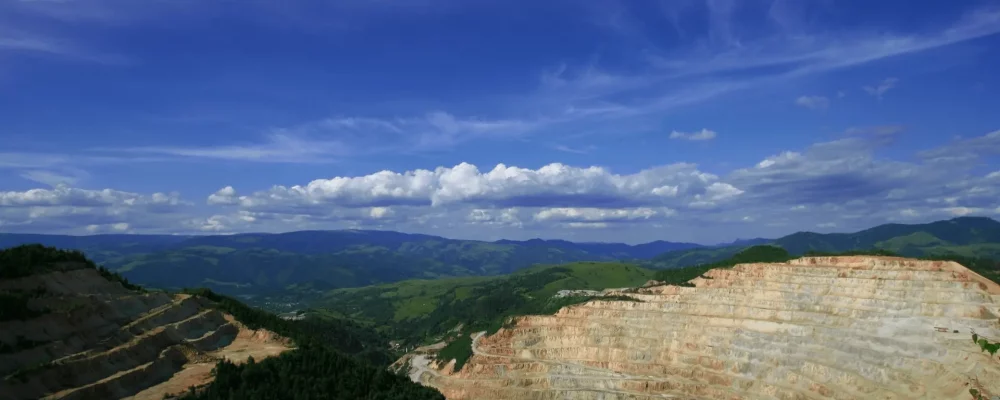Coal mine rehabilitation in Australia involves a comprehensive approach to minimising the environmental impact of mining activities. Australia has a stringent regulatory framework, with state and territory governments responsible for enforcing environmental protection and rehabilitation requirements.
Mining companies are typically required to cover restoration costs once mining operations cease. To reduce the long-term impact, progressive rehabilitation is becoming more commonplace, encouraging companies to rehabilitate areas throughout the mining process. This entails reshaping landforms, managing water runoff, and implementing re-vegetation efforts to restore biodiversity and support native flora and fauna.
Rehabilitation And Closure Planning At The Centre Of A Mining Business
In recent decades, both government regulations and mining business owners’ initiatives have led to substantial advancements in mining rehabilitation programs in Australia. Government-imposed environmental regulations and frameworks have compelled mining companies to integrate comprehensive rehabilitation and closure plans into their operations before commencing mining activities.
Mining companies have embraced corporate social responsibility (CSR) principles, acknowledging the significance of sustainable practices and environmental stewardship for maintaining public acceptance. Technological advancements have played a pivotal role, enabling the implementation of more efficient and successful rehabilitation techniques, such as precision landform design and the use of native plant species.
Open-Cut Mine Rehabilitation In Australia
Australia’s abundant mineral resources have driven a substantial history of open-cut mining, resulting in noticeable changes to the landscape and ecological balance, while also playing a role in local communities. The rehabilitation endeavours to ameliorate these adverse effects, promoting sustainable land use practices.
This rehabilitation process encompasses several key facets such as land restoration and water management. Rehabilitation efforts include constructing sediment ponds, wetlands, and water treatment facilities to ensure water quality and prevent downstream pollution.
The success of open-cut mine rehabilitation hinges on continuous monitoring and adaptive management to track progress and address new challenges. While substantial advancements have been made in this field, ongoing obstacles remain, necessitating innovative strategies and collaboration among industry, government, and local communities to achieve holistic and sustainable mine rehabilitation outcomes.
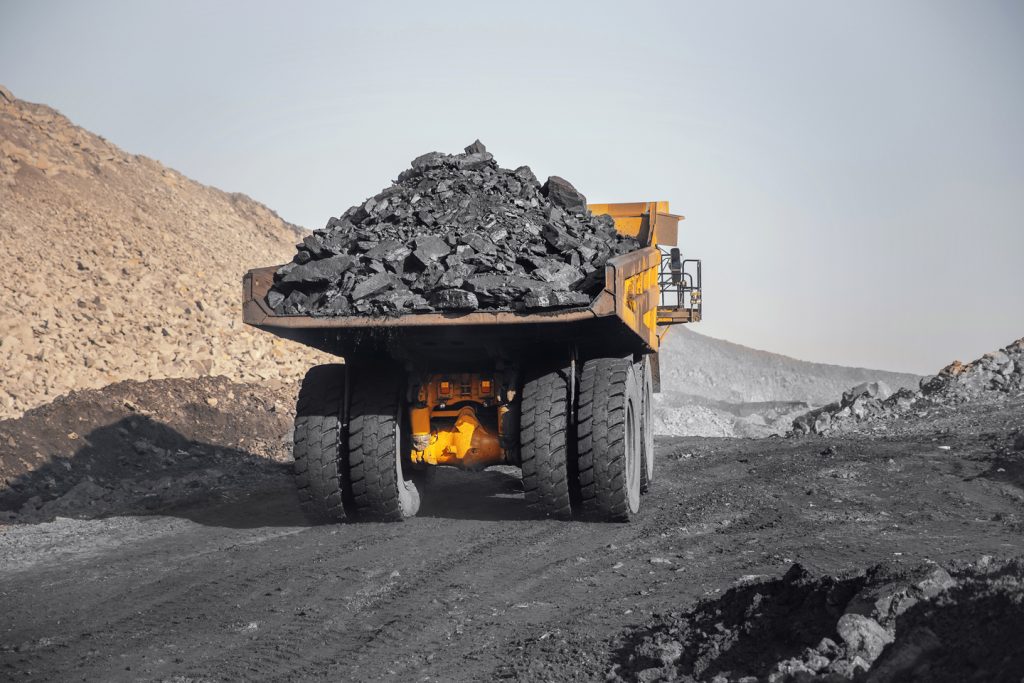
Typical Life Cycle Of A Mine
The life cycle of mining is a dynamic process that involves various stages from exploration and development to operation and closure.
Before Mining
- Environmental investigation: Experts gather data concerning various environmental facets to guide the formulation of a mine rehabilitation strategy and closure plan. They conduct environmental studies and assessments to understand the potential impacts of mining on the surrounding ecosystem, water bodies, air quality, and local communities.
- Post-mining land use planning: Planning for land use after mining ensures a harmonious alignment of interests among the government, local community, and traditional custodians participating in the planning process. This plan mandates government authorisation before the initiation of mining activities and undergoes continuous improvement throughout the entire duration of the mining operation.
- Rehabilitation security bonds: Corporations submit strategies, comprising consistently revised assessments of reparation necessities. They also deposit a security pledge with the authorities before mining, and this is refunded solely upon the regulator’s satisfaction with the accomplishment of the mutually agreed rehabilitation goals.
- Preservation of species and habitats: Strategies are devised to safeguard vulnerable flora and fauna, as well as preserve habitats and ecological collectives. Corporations might establish conservation areas to counterbalance any noteworthy remaining effects once the environmental management hierarchy of ‘avoid, minimise, mitigate’ has been employed.
- Site preparation: Scheduling of land clearance is conducted to reduce effects on plant and animal species, encompassing the breeding cycles of indigenous fauna and the gathering of native seeds. Diligent soil oversight is implemented to maintain its vitality, thereby providing optimal conditions for the growth of new vegetation.
During Mining
- Progressive restoration: Whenever feasible, a process of gradual restoration is executed. The prerequisites for rehabilitation are outlined within the conditions of regulatory consent. Corporations provide updates on the advancement of rehabilitation following the stipulated conditions of approval, typically on an annual schedule.
- Mining and landform design: Experiments in reparation contribute insights to the planning of land utilisation after mining and enhance the efficiency of reparation management methods. Waste rock is positioned in alignment with the configuration of the terrain, which is intended to be sturdy and facilitate unimpeded water drainage. The ultimate blueprint could encompass permitting the mine cavity to fill with water, potentially serving as a water source, or for leisure or business purposes.
- Topsoil application and reforestation: A layer of soil is spread across the contoured land structure. The choice of plants depends on the intended future land purpose, such as using grasses for livestock, cultivating crops, or fostering vegetation that promotes biodiversity. Frequently, indigenous seeds collected before mining are employed. The reintroduction of native fauna or its natural resurgence may also occur.
- Monitoring: The efficacy of restored zones is under constant surveillance to verify achievement:
- Grazing – Soil quality, pasture conditions and cattle well-being concerning neighbouring properties
- Cropping – Continuity of land shape, adequacy of drainage and crop output
- Conservation – Abundance and arrangement of species within the ecosystem
Post Mining
- Sign-off and relinquishment: Upon the fulfillment of reparation goals, the governing body might authorise the land as having attained its reparation objectives. Corporations might establish agreements with landowners, Indigenous custodians, or alternative collectives for the forthcoming administration of the land, potentially leading to its transfer or return to governmental oversight.
Throughout these stages, mining companies need to engage with local communities, regulatory authorities, and environmental organisations to ensure responsible and sustainable mining practices that minimise negative impacts and maximise benefits.
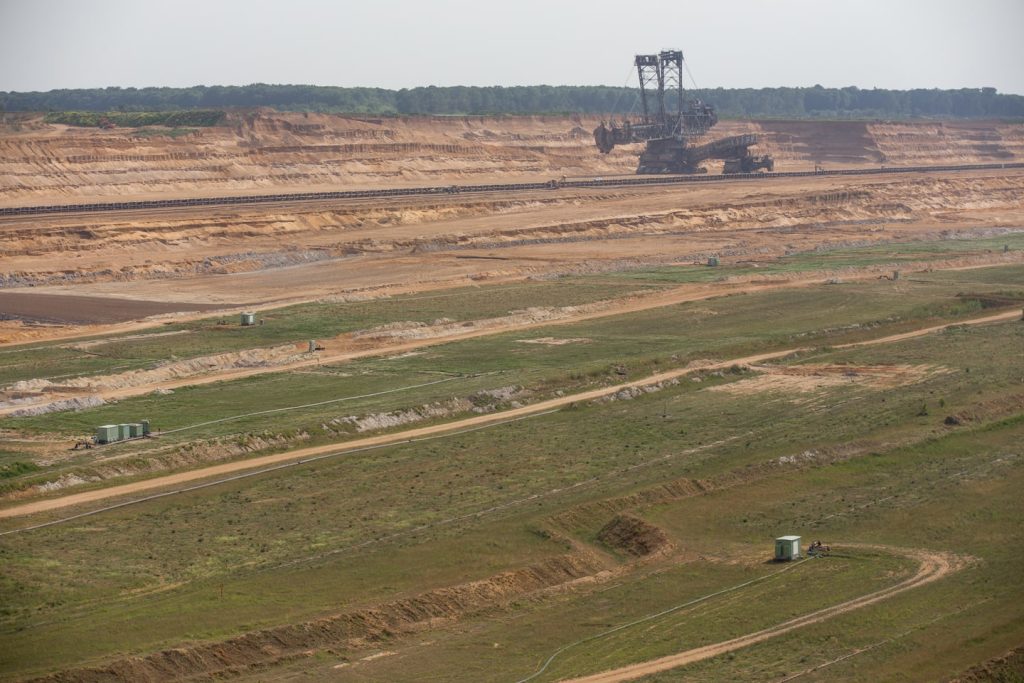
The Importance Of Coal Mine Rehabilitation
Mine rehabilitation helps in preserving local flora and fauna and ensures that the ecosystem’s natural balance is reinstated. It also includes measures to prevent and manage water contamination, such as constructing sediment ponds, stabilising soil, and implementing water management strategies. This safeguards water quality and protects aquatic life.
Rehabilitation involves planting trees and vegetation that can absorb carbon dioxide from the atmosphere, aiding in carbon sequestration. This contributes to mitigating climate change by reducing greenhouse gas emissions and helps in achieving climate goals. Coal mining also disturbs the natural landscape, leading to increased soil erosion and loss of topsoil. Rehabilitation practices help prevent soil degradation and maintain soil fertility.
Coal mine rehabilitation contributes to long-term sustainability as rehabilitation efforts offer a pathway towards a more environmentally responsible and balanced approach to coal mining. Mining companies, governments and communities need to collaborate and prioritise effective rehabilitation practices to ensure a healthier environment for present and future generations.
How Do Australian Government Policies Guarantee Mine Site Rehabilitation?
In Australia, government regulations are in place to ensure that mine sites are successfully rehabilitated. The following government policies and regulations guarantee effective mine site rehabilitation:
Part Of The State-Based Regulatory Approval
Each Australian state and territory has its own set of mining legislation and regulatory authorities responsible for overseeing mining activities. As part of this process, companies seeking to undertake mining operations must obtain regulatory approval before commencing activities. Several mechanisms are employed to ensure rehabilitation commitments are met.
One of the critical components of the regulatory approval process is the Environmental Impact Assessment (EIA). Mining companies are required to conduct thorough assessments of potential environmental impacts and risks associated with their proposed activities. These assessments help identify potential challenges and inform the development of comprehensive rehabilitation plans.
To secure regulatory approval, mining companies are often mandated to submit detailed rehabilitation and closure plans. These plans outline the steps, techniques and timelines for rehabilitating the site once mining operations cease. They cover aspects such as soil stabilisation, re-vegetation, water management, and post-closure land use.
Some states require mining companies to implement progressive rehabilitation and closure plans (PRCPs), which demand ongoing rehabilitation efforts throughout the mining lifecycle. This ensures that rehabilitation is integrated into operational activities, promoting a proactive and continuous commitment to environmental restoration.
Require Companies To Provide Financial Surety (Bonds)
Financial assurance mechanisms play a pivotal role in guaranteeing mine site rehabilitation. These mechanisms ensure that funds are available for rehabilitation activities even if the mining company becomes financially incapable or ceases operations. Mining companies are mandated to provide financial surety to the regulatory authorities, such as rehabilitation bonds or guarantees. These bonds act as a financial safety net, ensuring that sufficient funds are available to cover rehabilitation costs in case the company defaults on its obligations.
The bond amount is determined accordingly, considering factors such as the size of the site, the nature of the minerals being extracted, and the expected environmental impacts. The bond is typically refunded in stages, contingent upon the completion of specified rehabilitation milestones. Independent assessments and audits may be conducted to ensure that rehabilitation is carried out as per the approved plans before releasing the funds.
Possible Post-Mining Land Usage
After successful mine site rehabilitation, the land is transformed from a once disturbed area to a potential asset for various post-mining activities. Here are the possibilities for land usage following rehabilitation, highlighting how the community can benefit from these opportunities:
- Crop production: Post-mining land can be repurposed for agricultural activities, contributing to local food security and economic development. It can create favourable conditions for crop cultivation. The cultivation of crops like grains, vegetables or fruits can provide a local source of fresh produce, reducing the need for long-distance transportation. It can also generate employment opportunities for local communities, supporting livelihoods and economic growth.
- Grazing: Rehabilitated land can be used for livestock farming by establishing pastures to support cattle or sheep grazing. This can offer economic and social benefits, including providing a source of income for local farmers, enhancing habitat diversity and encouraging sustainable land management practices.
- Nature conservation: Rehabilitated areas can serve as vital habitats for native flora and fauna, thereby contributing to biodiversity and conservation. Rehabilitated land can increase local tourism and attract ecotourism from further afield, thereby boosting local income.
- Forestry: Post-mining land can be reforested, fostering sustainable timber production and environmental benefits. Native tree species can be planted, promoting forest regrowth and carbon sequestration.
Timber production: Reforested areas can eventually yield sustainable timber resources, contributing to carbon capture, aiding in climate change mitigation and demonstrating environmental responsibility.
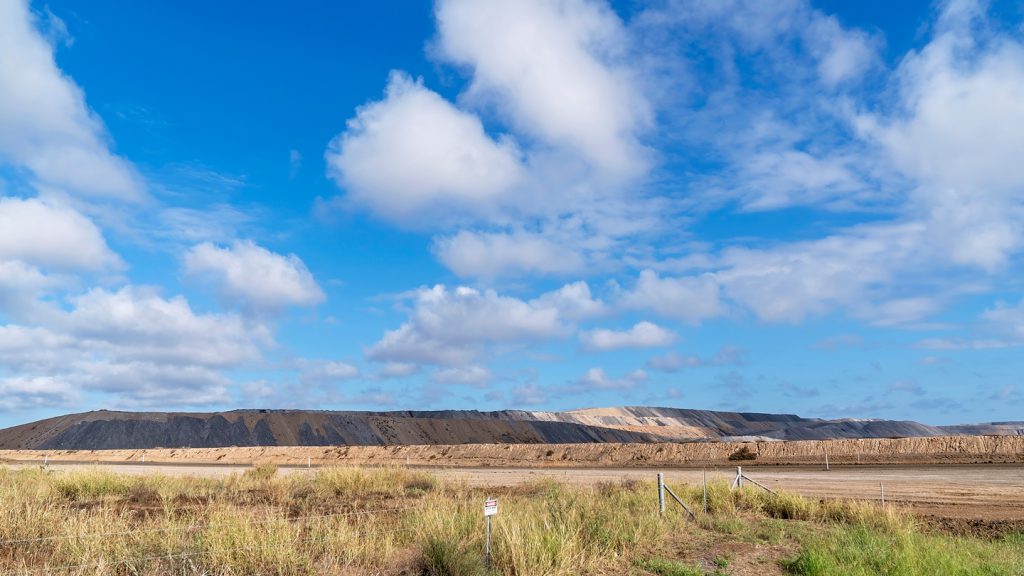
Our Sustainable Approach To Rehabilitating Coal Mines
Erizon is a pioneering company that specialises in sustainable mine site rehabilitation, offering innovative solutions tailored to the unique challenges posed by different types of coal mines. We showcase our innovative techniques for addressing erosion, water management and biodiversity loss. Our rehabilitation services and their benefits include:
Hydroseeding
Hydroseeding is a cornerstone of Erizon’s rehabilitation approach, involving the application of a slurry mixture containing seeds, mulch and other additives to the soil surface. This technique offers several benefits, such as rapid and uniform seed germination, leading to robust plant growth and improved vegetation cover.
The hydroseed slurry and its mulch component offer a protective barrier, reducing soil erosion caused by wind and water. It can help retain soil moisture, fostering optimal growing conditions for plants.
Hydromulching
Hydromulching, similar to hydroseeding, involves applying a slurry mixture to the soil. However, in this technique, fibres are added to create a thicker mulch layer. The benefits of hydromulching include superior erosion prevention. The dense mulch layer provides enhanced erosion control, particularly on steeper slopes or areas prone to heavy rainfall. The mulch layer shields seeds from harsh weather conditions, increasing their chances of successful germination. As the mulch decomposes, it contributes organic matter to the soil, enhancing soil structure and nutrient content.
The storage of topsoil for revegetation is a common practice. However, over time, the stored soil may decline in both biodiversity and fertility. This is where Envirosoil emerges as an indispensable component of a targeted restoration initiative. Envirosoil is a highly effective biotic soil amendment, designed to reinvigorate and augment stored topsoil. Its distinctive formulation enriches the soil with vital nutrients, advantageous microorganisms and organic compounds. By incorporating Envirosoil into the rehabilitation process, mining sites can anticipate a substantial improvement in soil quality and robust plant growth, ensuring the successful reestablishment of diverse and resilient ecosystems. Hydromulching and Envirosoil, when used in combination, offer a holistic method for promoting sustainable land restoration in mining areas.
Soil Stabilisation
Soil stabilisation is a crucial aspect of mine site rehabilitation, especially in areas prone to erosion and instability. Erizon employs innovative soil stabilisation techniques to fortify the soil and promote vegetation growth. Stabilised soils are less susceptible to erosion, ensuring that rehabilitated areas maintain their integrity over time. This enhances root penetration, allowing plants to establish deeper root systems for increased stability and create a solid foundation for various land uses, such as agriculture, grazing or recreational activities.
Get A Viable And Long-Lasting Solution To Restore Mining Sites
The commitment to restoring mining sites goes beyond mere compliance; it reflects a dedication to responsible resource management and a desire to leave a positive legacy for future generations. By embracing innovative solutions, adopting best practices and recognising the intrinsic value of rehabilitated landscapes, we pave the way for a more sustainable and harmonious coexistence between mining activities and the environment.
As we move forward, it is imperative to prioritise the implementation of viable and long-lasting restoration strategies, not only for the sake of the present but for the enduring health and vitality of our planet.
Want to be part of the solution for a healthier land? Call our Environmental Advisors today and see how we can help with your next project!
